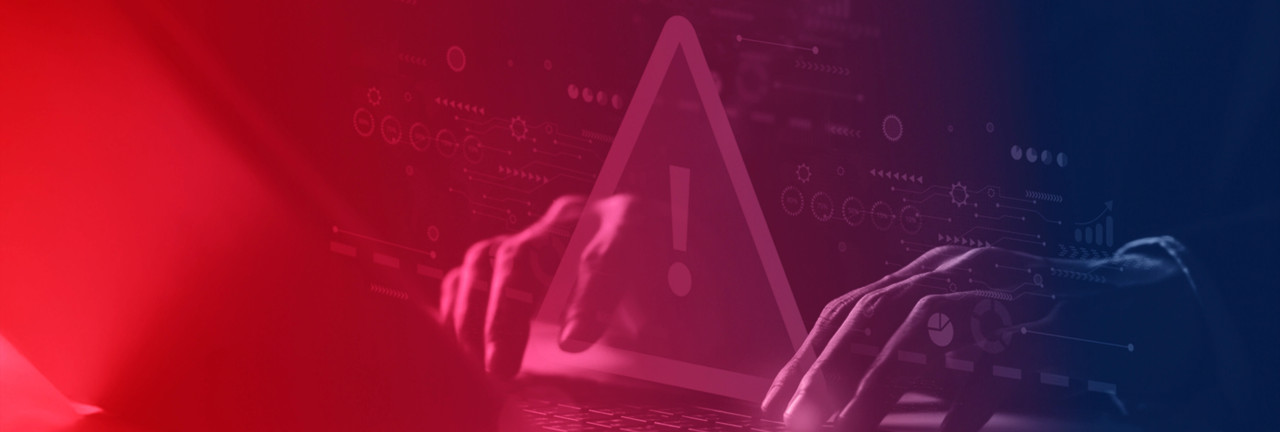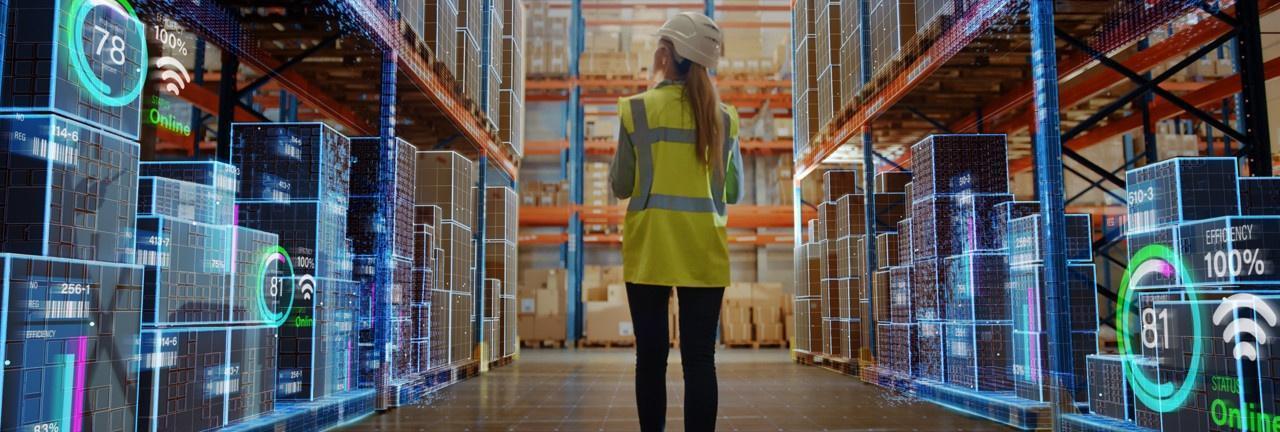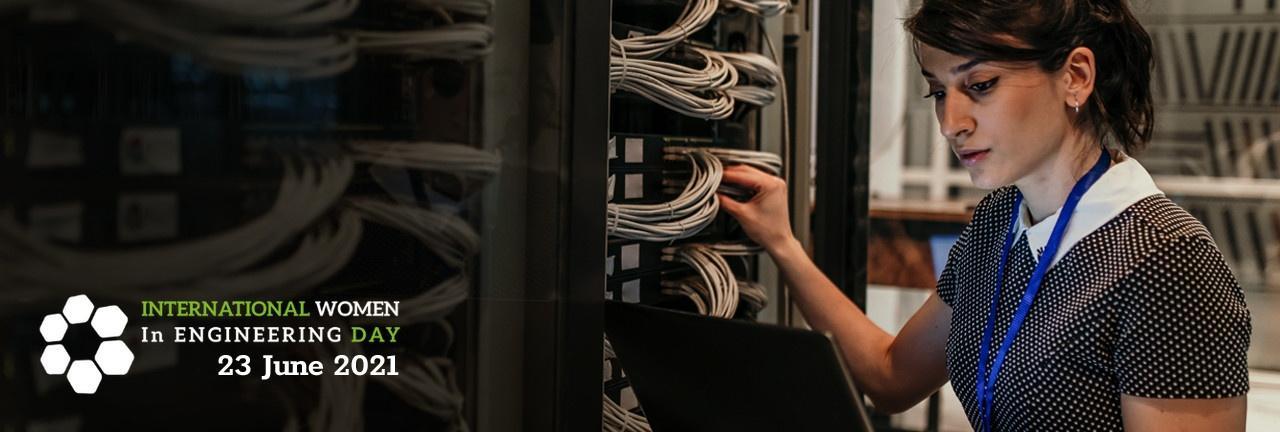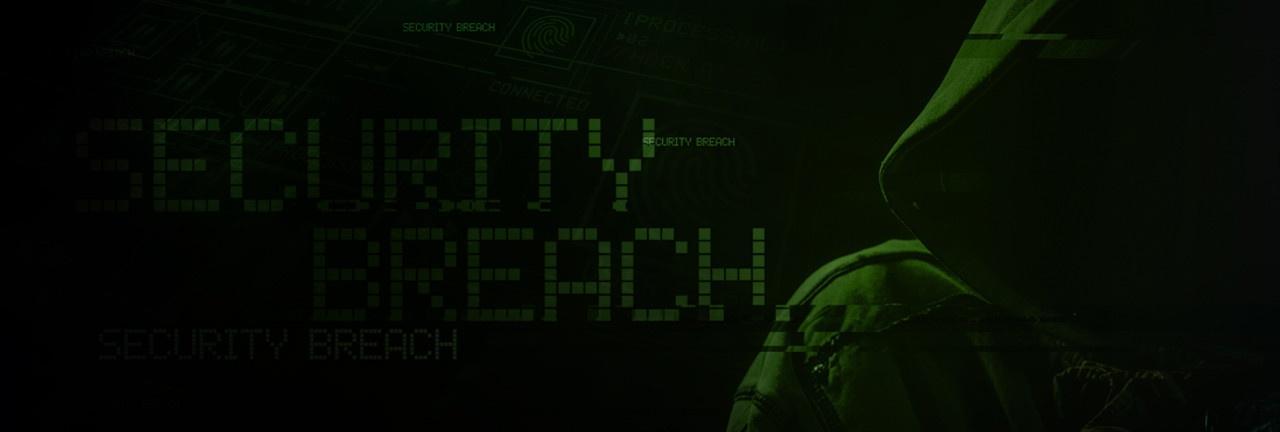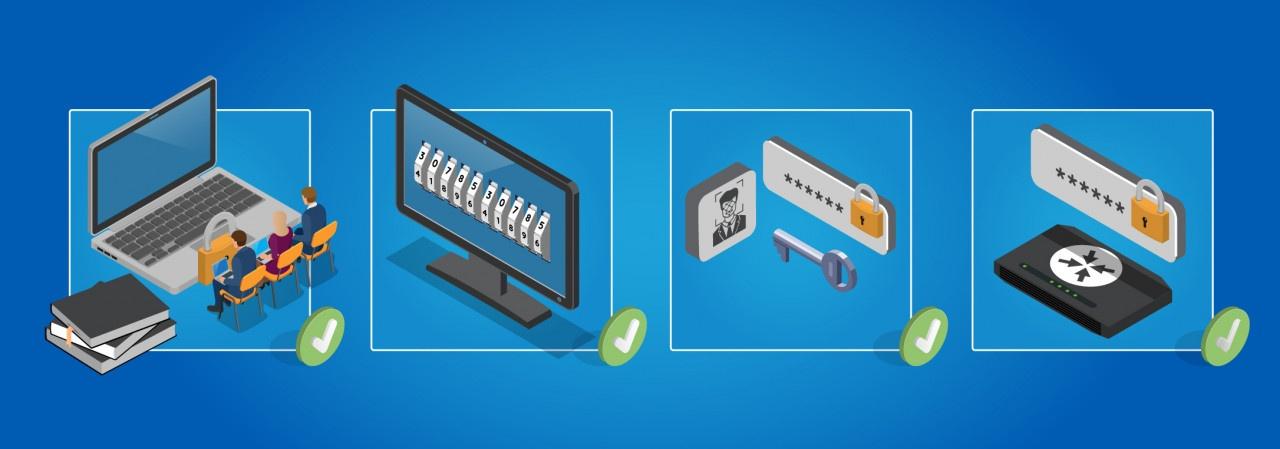Organisations generate millions of system logs every day from the likes of servers, firewalls and network devices. Their ability to process, analyse and react to this information affects how they will manage any security risks and incidents. To help process this data, many organisations implement a Security Incident and Event Management (SIEM) system or outsource to a Cyber Security Operations Centre (CSOC) for their monitoring, which provides a real-time analysis of security alerts.
"When it comes to digital transformation, the personal touch is often what takes projects from 'good' to 'exceptional'. Plenty of companies can deliver technology, but it's the relationships that really drive innovation in long term."
Philip Button, Regional Business Manager – Enterprise
When it comes to building brand loyalty, customers increasingly expect the retailers they shop from - whether that's online, in person, or via click-and-collect - to demonstrate tangible efforts to operate in an ethical, sustainable, and environmentally friendly manner in everything they do.
With the Tech industry celebrating International Women in Engineering last week, a new study of women in tech has found that:
Now more than ever, effective collaboration and communication are the keys to success. Throughout 2020, we saw a widespread shift in how we interact with each other, both in and out of work, and how we stay connected to our colleagues and customers. Just consider the following:
Technology in the Hospitality Industry - Maintaining the Human Touch in the Age of Social Distancing
2020 has proven a challenging time for the global hospitality sector. As with virtually every industry impacted by COVID-19, the sector has been forced to completely re-evaluate the way it delivers its services, in order to comply with government regulations and - most importantly - guarantee the continued safety of both guests and staff.
No matter how sure you are that your network is secure, you may still be at risk of cyberattacks. It's no exaggeration Cybercriminals are constantly working to stay one step ahead of organisations and security professionals, exploiting any vulnerability they can in even the most sophisticated systems.
It's well-established that security is an essential part of all infrastructure. With data protection more of a concern for customers and end users than ever - particularly in light of regulations like the Cloud Act and GDPR - it's vital that organisations demonstrate a clear commitment to the security of their networks, Cloud applications and physical devices.
The move towards Hybrid Cloud infrastructures - with on-premise solutions systems connected to Public and Private Clouds to maximise the benefits of each solution - has been in progress for a number of years now. Indeed, in 2019 it was reported that 69% of organisations were already utilising some form of Hybrid Cloud solution1. Since then, the move towards a distributed workforce in response to COVID-19 has accelerated this process, with 82% of organisations reporting that they have accelerated their Cloud adoption strategies as a result of the pandemic2.
We see over and over again how COVID-19 is transforming the way we work and connect with each other. Employees across virtually every industry are now working effectively from home, even if such an arrangement would have been unthinkable at the start of this year. It's been extremely heartening to see the range of innovations that have been embraced in response to the crisis, but it's important not to forget the foundations of your IT infrastructure as you explore these solutions. For example, consider how you are backing up and storing the lifeblood of your organisation: your data.
The level of performance and resilience organisations demand from their networks has increased several-fold in the wake of COVID-19. The rapid transition to a fully distributed workforce has not only placed considerable demands on networks in terms of raw performance, but also the resilience needed to adapt to the unexpected with minimal disruption to data security, internal processes or the customer and user experience.
While we have certainly seen some considerable successes in this area, there is still work to be done if this new way of working is able to provide companies with the agility, security and scalability they need to adapt and thrive going forward.
Over the past few months, video calling has exploded in both our personal and professional lives. We not only rely on regular calls to stay connected with our loved ones during this time of lockdown, but have come to depend on it as a primary mode of communication at work, in order to maintain the same standards of collaboration and interaction that we experienced in the office. Indeed, the number of people using video calling on a regular basis has increased by 87% over the past two years[1], and shows no sign of slowing down.
Our lives are more interconnected than ever, with everything from televisions to fridges, kettles, cars and even doors and windows now able to be linked together over the internet. Having long since moved on from being just an intriguing concept, the Internet of Things (IoT) is very much here to stay, with devices like Bluetooth headphones and the Amazon Alexa now omnipresent in many people's lives. But while these 'smart' devices are often convenient and fun, they do present a number of concerns regarding security.
Cloud adoption has been rising year by year for some time now, with Gartner predicting this trend to accelerate beyond 2020. It has long moved on from its earliest days, where it was largely regarded as an intriguing concept but unsuitable for enterprise-level applications. Now, with a wide range of options available - including Public, Private and Hybrid solutions - it has become a highly attractive prospect for organisations at all levels, especially against the backdrop of COVID-19 and the resulting advancement of remote working. While these trends are very much the latest stage in a long process of transformation, the pandemic has undoubtedly been the catalyst behind much recent Cloud adoption, as organisations accelerate their journeys towards a distributed workforce.
So, where does that leave us in terms of the biggest question: "Is Cloud right for my organisation?"
Throughout the past few months, we have seen organisations' internal teams forced to adapt their processes, infrastructure and strategies in ways that would previously have been inconceivable. Key to the success of this process has been the support of external service providers, who have complemented companies' internal expertise and freed IT teams to focus their attention where it is most needed. As it becomes clear that the distributed workforce is here to stay, such partnerships are going to be more important than ever moving forward.
Now more than ever, digital security is a team effort, with staff at all levels of an organisation having an active part to play in keeping critical business data safe. With the outbreak of COVID-19, and an unprecedented volume of staff working from home, robust security policies and systems are no longer enough - each and every member of staff must consider security as a fundamental part of their developing remote working routines.
But what can each of us personally do to ensure our organisations maintain their usual standards of security for the duration of this crisis, without letting such measures detract from our day-to-day work? Here are a few starting points…
Be prepared
If you're new to remote working, don't go in blind. Take the time to re-familiarise yourself with your company's security policies (particularly any new ones for home workers) and be sure to attend any training sessions that are on offer (as many organisations are rolling out remote training sessions for home workers, there are no excuses!). This will make the transition far smoother and allow you to stay focused on your work.
Secure your router
At Exponential-e, we always say that 'your Cloud is only as good as your network'. In the same way, your remote working solution is only as good as your router. As above, make sure its password is secure (especially if you've never changed its pre-set password!) and take any recommended security measures, both from your network provider and your IT team.
Check your passwords
This is a familiar refrain in the world of data security, but it always bears repeating. Familiarise yourself with current best practice regarding password creation (there are plenty of useful resources available online for this) and avoid reusing passwords. While memorising multiple passwords for each platform you use for work is certainly inconvenient, there are many excellent password manager tools available. Ask your IT team which one they would recommend, as your company may already require employees to use a specific one.
Enable updates
We all know how irritating requests to install updates on our personal devices can be, but in our current climate, it's more important than ever. More than just keeping your own devices secure, a single instance of malware could bring down your entire company network, so don't take any chances. Ensure you install all recommended updates, or – better yet – enable automatic updates. This will ensure your devices are always protected against the latest security threats.
Ask!
As we've already mentioned several times in this post, if you are unsure about anything when it comes to data security, don't guess… ask the right person! In particular, your IT team will be more than happy to advise you about security best practice when home working, or alternatively, consider Exponential-e's Cyber Security Advisory service, which was created to provide a 'one stop shop' for any security-related concerns you may have.
In the meantime, download our Working from Home Checklist, which breaks down all the key elements of secure remote working.

